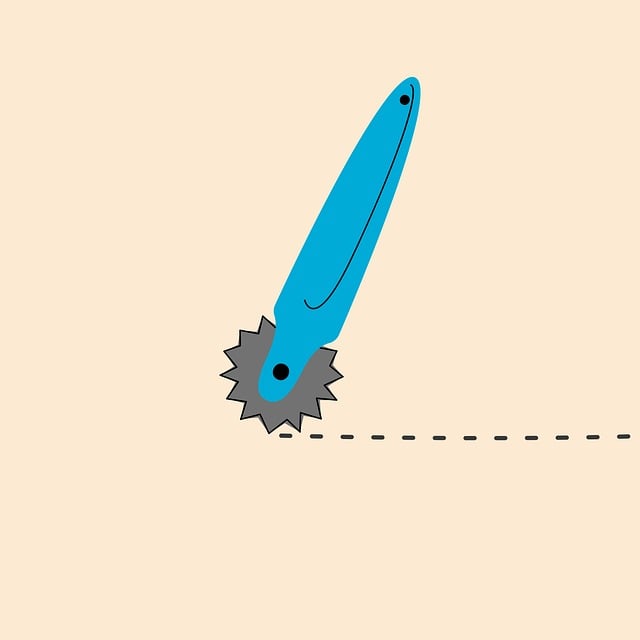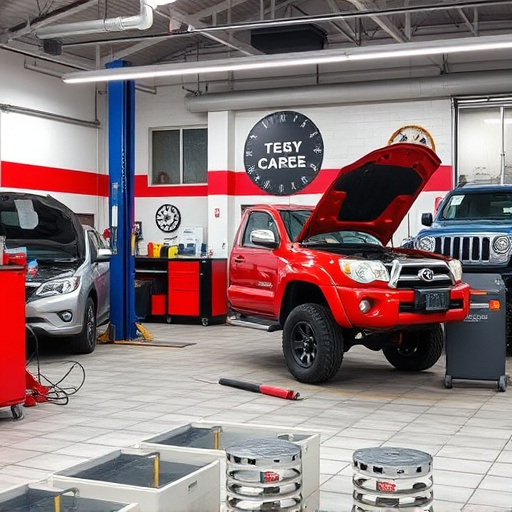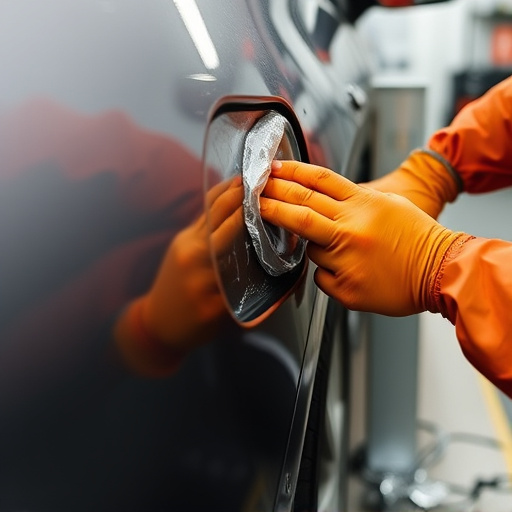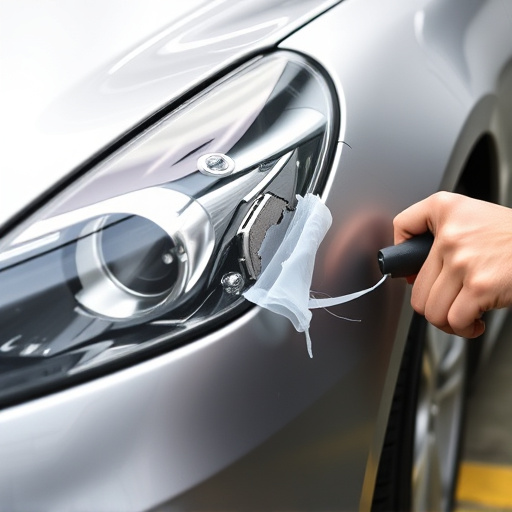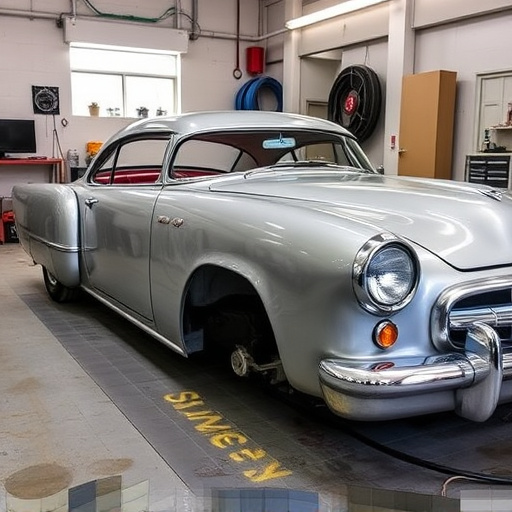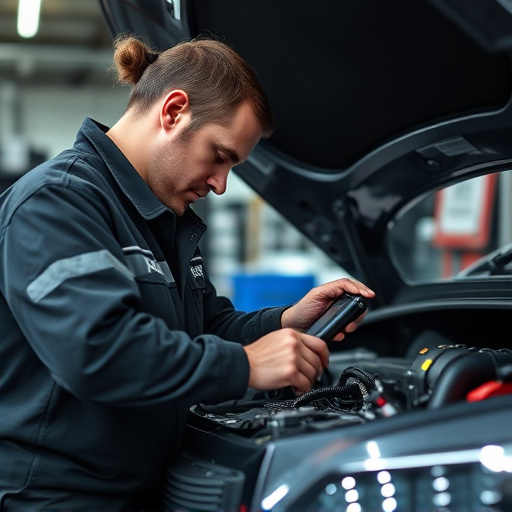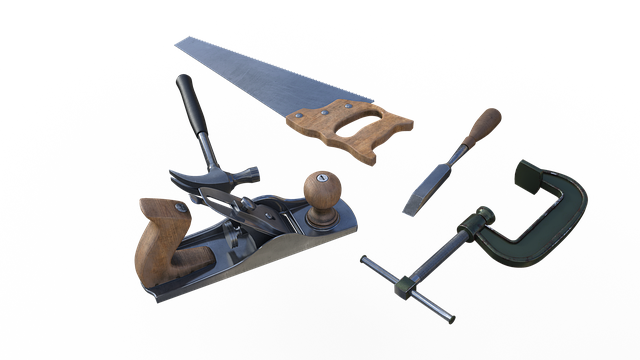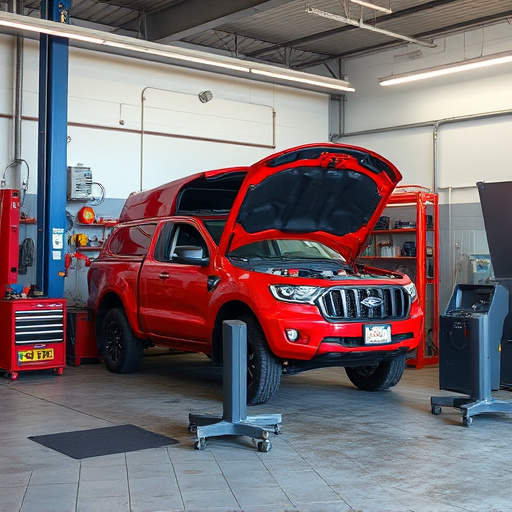Hydraulic frame machines are essential tools in auto collision centers, offering precise repair capabilities from minor dents to structural damage. Understanding their components and proper calibration ensures accurate results. The stability of these machines depends on well-designed anchoring points that distribute weight, minimize movement, and protect equipment and workpieces. Efficient use of anchoring points requires regular inspections and maintenance, enhancing safety and productivity while ensuring optimal machine performance.
“Unraveling the intricacies of hydraulic frame machines, this article delves into a critical yet often overlooked aspect: anchoring points. These strategic fixtures play a pivotal role in ensuring stability, precision, and safety during operation.
By examining ‘Understanding Hydraulic Frame Machines’ and exploring the ‘Significance of Anchoring Points’, readers will gain insights into how these points enhance control and efficiency. We’ll then provide ‘Best Practices’ to optimize performance and mitigate risks associated with hydraulic frame machine operations.”
- Understanding Hydraulic Frame Machines: A Foundation for Effective Operation
- The Significance of Anchoring Points in Machine Stability and Control
- Best Practices for Utilizing Anchoring Points: Maximizing Efficiency and Safety in Hydraulic Frame Operations
Understanding Hydraulic Frame Machines: A Foundation for Effective Operation
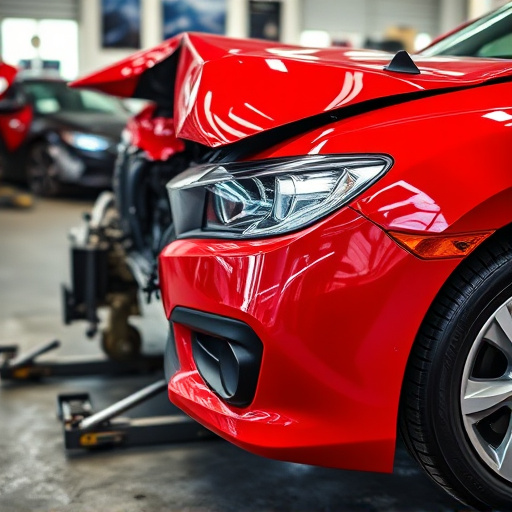
Hydraulic frame machines are essential tools in the automotive industry, particularly for collision repair and paintless dent repair services at auto collision centers. Understanding their intricate mechanisms is pivotal to effective operation. These machines utilize hydraulic power to exert precise forces, allowing for complex manipulation of vehicle frames. By applying controlled pressure, they can straighten bent metal, realign panels, and restore structural integrity, all crucial aspects of the collision repair process.
Mastering the machine’s functions involves recognizing its various components, such as pumps, valves, and cylinders. Proper calibration and regular maintenance are key to ensuring accurate results. With these machines, auto collision centers can efficiently handle a range of repairs, from minor dents to significant structural damage, offering both speed and precision in their work.
The Significance of Anchoring Points in Machine Stability and Control
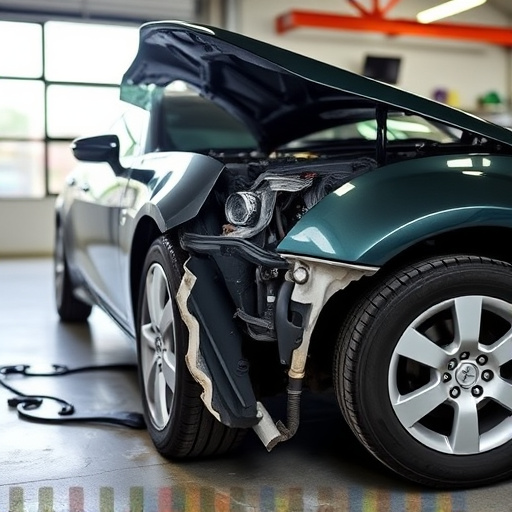
The stability and control of a hydraulic frame machine are directly tied to its anchoring points. These critical components play a pivotal role in securing the machine’s structure, ensuring precise and safe operation during various tasks like car paint repair or vehicle body shop operations. Well-designed anchoring points distribute weight evenly, minimizing movement and preventing skidding, which is essential for maintaining accuracy and preventing damage to the equipment or the workpiece, be it an automotive body or any other item undergoing a hydraulic process.
In the context of a hydraulic frame machine, these anchoring mechanisms are not just about stability; they also facilitate control. By allowing operators to lock down and adjust the machine’s position, anchoring points enable more controlled and consistent processes in tasks such as car paint repair, ensuring that each step—from surface preparation to final coating—is executed with precision, leading to higher-quality outcomes in automotive body shops and other vehicle body shop settings.
Best Practices for Utilizing Anchoring Points: Maximizing Efficiency and Safety in Hydraulic Frame Operations
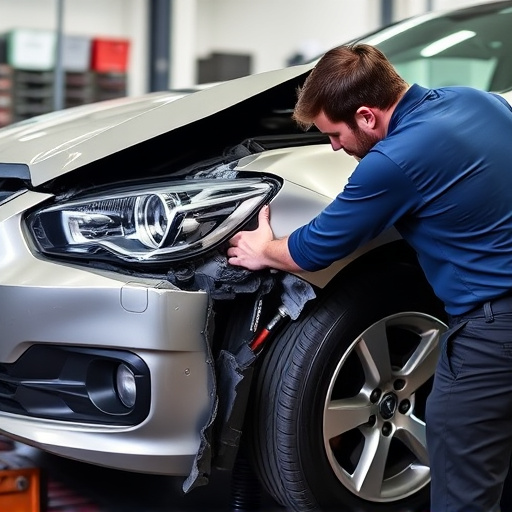
When operating a hydraulic frame machine, proper utilization of anchoring points is paramount to both efficiency and safety. Best practices involve ensuring all anchoring points are securely fastened and properly aligned to bear the full load of the vehicle or component being worked on. Regular inspection and maintenance of these critical areas, similar to auto maintenance routines in an automotive body shop or auto collision center, can prevent catastrophic failures.
For maximum efficiency, operators should strategically position anchors to minimize movement and reduce energy loss during hydraulic actuation. This involves understanding the specific load distribution characteristics of different vehicle types and components. By adhering to these best practices, operators not only enhance productivity but also safeguard against potential hazards, ensuring a safer work environment in the process.
Hydraulic frame machines, known for their versatility and power, rely heavily on anchoring points for stability and control. By understanding the significance of these critical components and implementing best practices, operators can maximize efficiency and safety during every operation. Effective utilization of anchoring points ensures the hydraulic frame machine remains secure, enabling seamless and precise movements, ultimately enhancing overall performance and reducing risks associated with instability.

